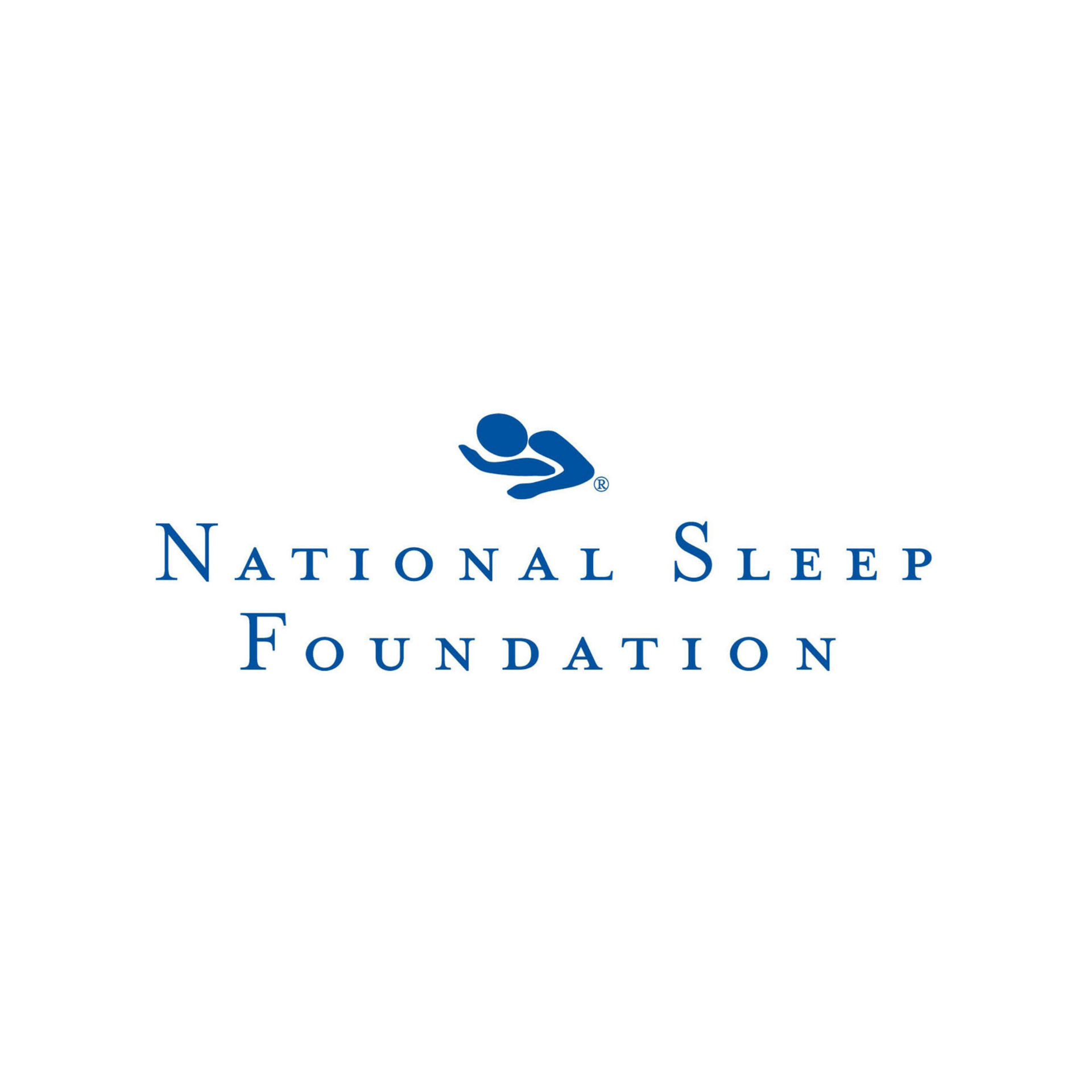SHIFT WORK SLEEP DISORDER
SHIFT WORK SLEEP DISORDER
Shift Word Sleep Disorder (SWSD) is a sleep disorder that affects people who frequently rotate shifts or work at night. Schedules of these people go against the body’s natural Circadian rhythm, and individuals have difficulty adjusting to the different sleep and wake schedule. SWSD consists of a constant or recurrent pattern of sleep interruption that results in insomnia or excessive sleepiness. This disorder is common in people who work non-traditional hours, usually between 10:00 p.m. and 6:00 a.m.
What are the symptoms of SWSD?
The most common symptoms of SWSD are insomnia and excessive sleepiness. Other symptoms of SWSD include:
- Difficulty concentrating
- Headaches
- Lack of energy
Not every shift worker suffers from SWSD. However, if you are a shift worker and experience any of these symptoms, you should talk to your doctor.
What are the consequences of SWSD?
Consequences of SWSD include:
- Increased accidents
- Increased work-related errors
- Increased sick leave
- Increased irritability, mood problems, etc.
How can I deal with SWSD?
Shift workers must be willing to make sleep a priority. People who work shifts other than a 9:00 a.m. to 5:00 p.m. routine might have to prepare for sleep even though it might be daylight outside. Prepare your body and mind for sleep. Minimize exposure to light on your way home from work if you are on the night shift to keep morning sunlight from activating your internal "daytime clock." Follow bedtime rituals and try to keep a regular sleep schedule - even on weekends. Go to sleep as soon as possible after work. It is important to get at least 7 to 8 hours of sleep every day.
At home, ask family and friends to help create a quiet and peaceful setting during your sleep time. Have family members wear headphones to listen to music or watch TV. Encourage people in the household to avoid vacuuming, dish washing, and other noisy activities during your sleep time. Put a "Do Not Disturb" sign on the front door so that delivery people and friends will not knock or ring the doorbell.
How can I decrease the effects of SWSD?
Decrease the number of night shifts worked in a row. Shift workers working the night shift sleep less than day workers and become progressively more sleep-deprived over several days. You are more likely to recover from sleep deprivation if you can limit your number of third shifts to five or less, with days off in between. If you work a 12-hour shift, you should limit work to four shifts in a row. After a string of night shifts, you should have more than 48 hours off, if possible.
- Avoid extended work hours. Avoid working prolonged shifts and putting in excessive overtime. Make sure you have time to sleep and participate in family and social activities.
- Avoid long commutes, which can take time away from sleeping.
- Avoid frequently rotating shifts. It is more difficult to deal with rotating shifts than it is to work the same shift for a longer period of time.
- Get enough sleep on your days off. Practice good sleep hygiene by planning and arranging a sleep schedule and by avoiding caffeine, alcohol, and nicotine.
- Do not start a night shift with sleep deprivation.
- Caffeine and prescription wake promoting drug such as modafinil (Provigil®) have some role in promoting wakefulness during work hours. But the best strategy is to get adequate sleep.
ADDRESS
Athens Pulmonary & Sleep Medicine3320 Old Jefferson Rd.Bldg 200 | Suite A & BAthens, GA 30607
CLINIC HOURS
- Mon - Thu
- -
- Friday
- -
- Sat - Sun
- Closed
© 2025
All Rights Reserved | Athens Pulmonary & Sleep Medicine, PC
Website Design |
BAC MediaGroup, LLC





